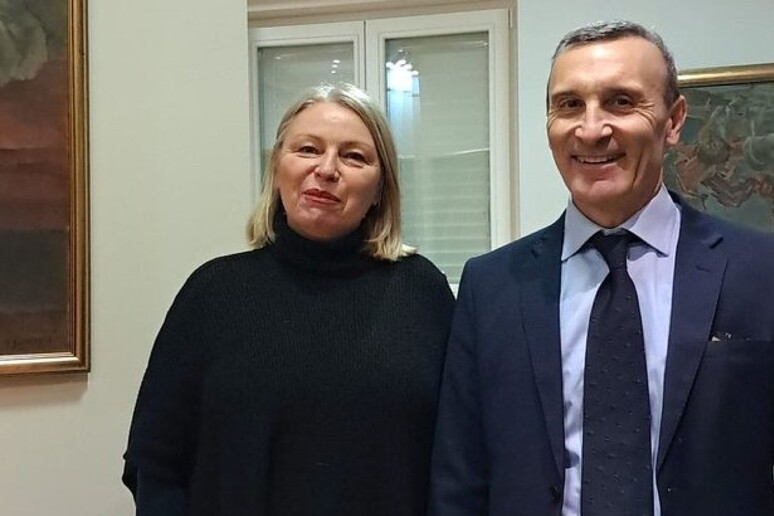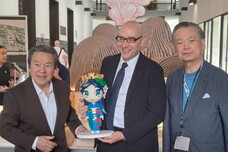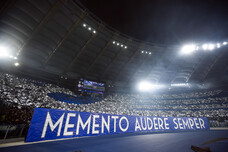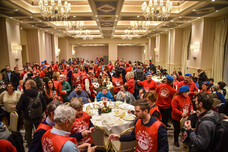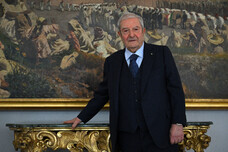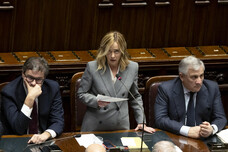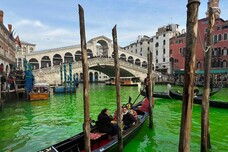The Italian Ambassador to Zagreb, Paolo Trichilo, visited the Jozo Kljalovic Museum and met with the museum's director, Lidija Fistrek. The museum is the home of the Croatian artist, who spent most of his life in Rome, located in Rok Park in Zagreb. The house was built in 1930 according to the design of architect Stjepan Planić and has the status of a cultural asset. On 17 September 1969, Kljaković donated the house and its collection of artworks, as well as the works of other artists and authors, to the city of Zagreb. In 1983, it was entrusted to the direction of the Centre for Art Education of the City of Zagreb.
The collection comprises 317 items: works of art (oil on canvas, drawings and sculptures); furniture, books. Almost all the paintings in the collection were created during the artist's work abroad in the 1950s. Having lived in exile for more than two decades (in Italy and Argentina), the artist dedicated numerous pictorial scenes to his homeland. In his paintings, he often depicted the people, landscapes and customs of Dalmatia in historical and religious themes. In 1943, he went into political exile in Rome and in 1947 he travelled to Buenos Aires. Returning to Rome in 1956, he created the famous mosaics in the Pontifical Croatian College of San Girolamo, which was his home at the time.
ALL RIGHTS RESERVED © Copyright ANSA
